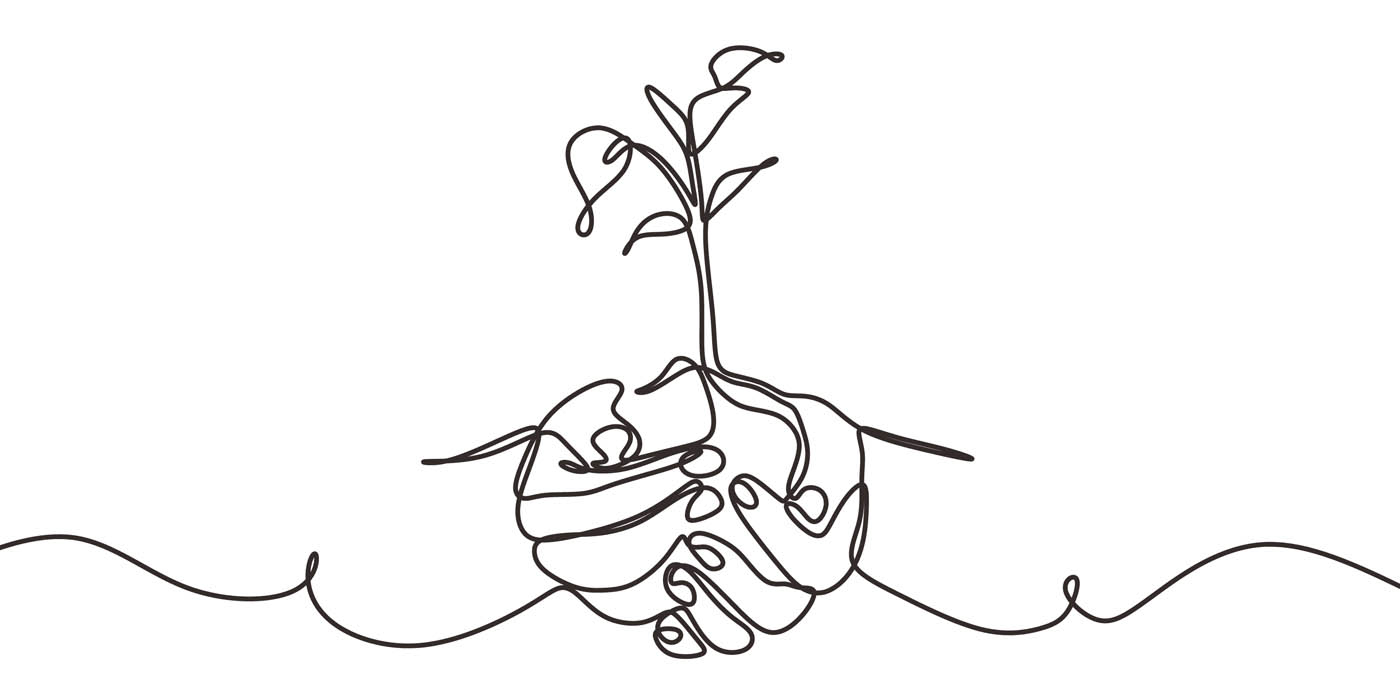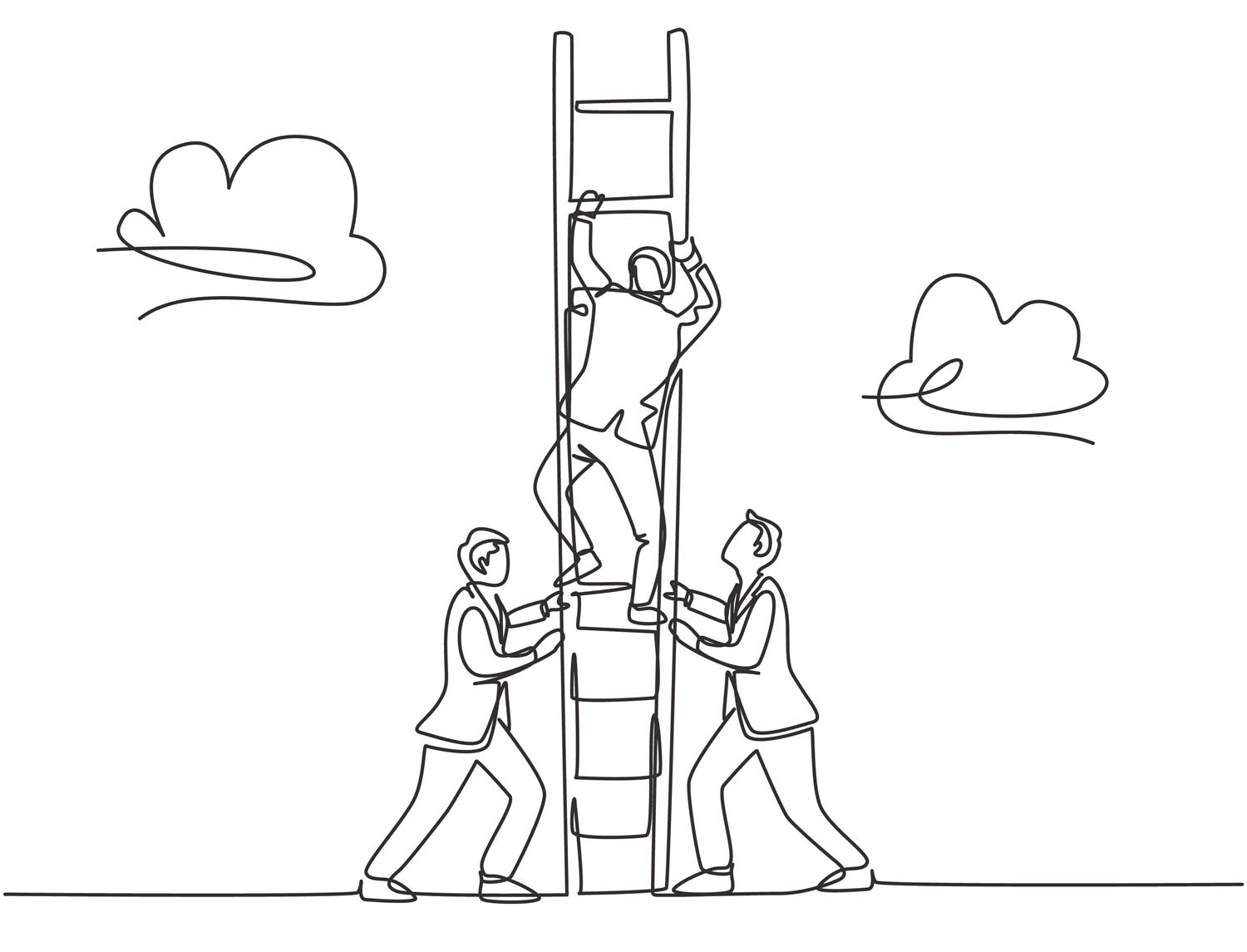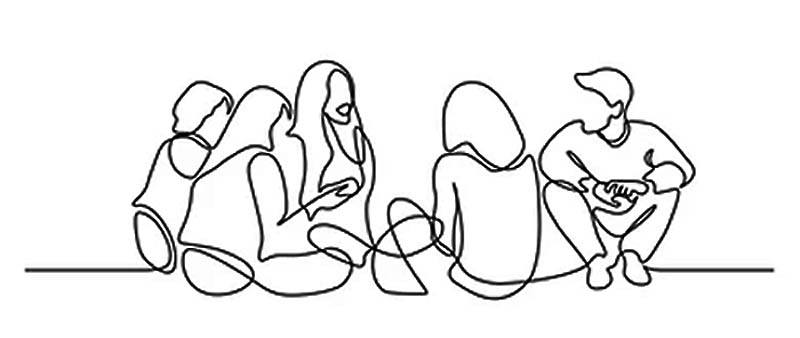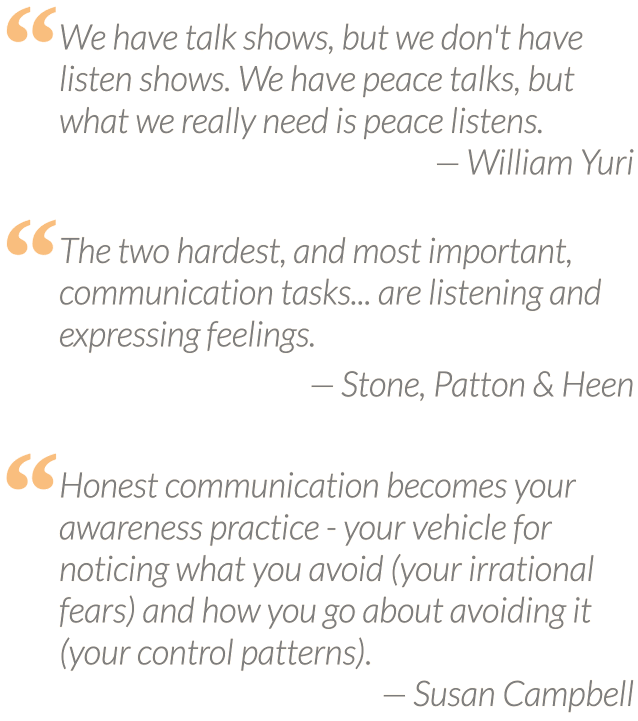Build Relational Capacity and Find Belonging
We are a grassroots social laboratory, and free practice platform.
- Learn, grow and heal, in a container that prioritizes safety
- Find joyful connection, support and belonging
- Be part of a social (r)evolution
As we stretch more and more into our autonomy and agency, many of us now find ourselves at a place of inviting more connection into our lives. And... sometimes, experiences from our pasts tell a story that relating was not always easy. Or, maybe it's just that the others walking this path are hard to find.
Excited to explore the gift of the mirror of other, you realize that, probably, no one ever taught you how to function in groups. You'd really love to do more personal development courses, and/or therapy, but they are expensive. What if there was another way?
The Connection Project is a practice platform built by it's participants. It offers fun ways to practice and learn authentic relating, and more collaborative ways of being. Where there is a leader in every chair. Where we might have a shot at discovering what true democracy is. Where we support each other on this journey we call life. The project offers an innovative peer support model, that is as empowering as it is accessible.

Support for Growth
You no longer have to grow and heal on your own. The project offers a hands-on mutual support model, with authentic relating powering our emotional upskilling agenda.

Meaning and Purpose
Our need for reinvention and contribution is realized by together helping build a groundbreaking global movement.

Belonging
We offer a new kind of family, based on pods of committed participants aligned around a common dream. We are creating safer, coregulation inspired gathering and practice spaces.
The Project Offers:
- Frequent opportunities to practice
- Structured, facilitated practices, with small group sizes
- Practices optimised for neuroplastic change
- Uplifting, nervous system friendly practice environment
- Special interest groups, and a variety of participant offerings
- Caters for a range of learning styles
- Weekly pod gatherings provide an anchor to the community
- Gain tools you can apply in family, work, or community settings
- Values based community that is open to all
- Support for local in-person groups
- Interactive participants web platform
- Participant designed, built and operated
- Transparent collaborative co-governance
- Robust decision making and joining processes
- Timezone aware, for a global audience
- Evidence based methods
- Open source, end to end

Curious Questions
Is it really free to join?
Yes, there are no fees to join or take part. However this doesn't mean that it costs nothing to participate. Conventional training providers use money as a medium of exchange. We use time, energy and passion as our currency. Therefore instead of money, participants are asked to commit time to both the practices, and to helping design, build and run the organization. In future, it is conceivable that we might offer a paid subscription route for those with less time. But for active committed participants being a part of this project will always be free of charge. The goal here is to massively ramp up practice in the community and world. Because it's practice that creates change.
What is the time commitment required of participants?
The attendance requirement to maintain membership, is the weekly pod meetings and one or more practice sessions per week. As part of pod life you will be invited to prepare for meetings and take on tasks. Of course, we love the principle that the more you put into it, the more you get out of it.
At what stage is the project at?
The project is brand new. Just now it has a core group of three that have gestated the project over the last 12 months. You might imagine the current state as being akin to the early days of the American west, with people living in tents in the mud, but with wide open views of the prairie, ripe with opportunity. So we are keen to meet the first wave of pioneers who will play a special role in shaping the organization.
What makes you so optimistic that people can really work together like this without reverting to, well, chaos?
Two things. First some of us have been part of successful cooperative endeavors, where groups of volunteers routinely made thousands of high stakes decisions. Part of that is clear shared context, well documented processes etc. Secondly, if we approach this from the integral view that connectedness is our birth right, and that it's less about finding connection, and more about getting out of our own way, then self awareness and trauma informed methods become the keys that unlock collaboration. That gets us past 'hard', to the real joy of connection. We have seen it happen.
You talk a lot about safety, what do you mean?
Safety and comfort can easily be confused. By safety we don't mean that we will never feel pain. Pain is part of life. By safety we mean prioritizing nervous system regulation. We mean integrating an awareness of how our non-verbals impact each other. We mean, by creating a high ratio of uplifting experiences, only then can we make space for difficult conversations. PVT tells us that safety is about coregulation, and coregulation includes reciprocity. Reciprocity implies leaning heavily on dyadic work, and minimizing the facilitator's presence. Reflection, validation, and appreciation become even more important. We also have a more comprehensive than usual set of practice guidelines which creates a strong shared context.
In the practice work, will I have to do something that I'm not comfortable doing?
Not at all. Our practice work is deeply informed by the idea of consent, and self care. We invite participants to always check in and see which parts and to what depth they want to participate. Sure, we love 'lean into your edge', but we also strongly believe in titration and working in the space that you can hold, and only each person knows where that space is.
Do I really get a say in the design and operation of the project? How?
Absolutely. We are using a consensus model in this early stage of the projects life (because it is such a great set of training wheels), where pod subcircles prepare proposals for the full circle to ratify. Attention is made to ensure that these proposals serve the wishes of participants. Where any participant believes that a proposal does not serve the documented purpose of the project, they may (and should) block the proposal. In this case the proposal is sent back to the subcircle for more work. There is also a fallback mechanism. This is a "battle tested" decision making method from the cohousing world. As the project scales and gains experience, other methods become more appropriate.
What is the process for joining and what are the requirements?
Good question. We go into this in more detail on the Get Involved page.
What specific practices, tools, frameworks are used in practice sessions?
Our practice environment has as its foundation the tools and structures provided by a nervous system informed version of AR. Because we also love Polyvagal Theory. From that base, we then bring in a range of other interesting modalities limited only by the energy of the group.
What is AR?
AR stands for Authentic Relating. AR is an enigma. On the one hand it is very new, as many are only now being exposed to it, as a gift of the pandemic/zoom phenomenon. On the other hand it has been developing quietly since the mid 90s, or even earlier. So what is it? To our mind it is two things. It's a way of communicating, and showing up in relationship with others with more presence. It's like NVC on steroids. It involves listening, and speaking your truth. It involves being in your body, and including nonverbals into our language awareness. It involves the idea of the shared mind. It is frustratingly undefined, undocumented, and unresearched. Its all that and more. But secondly, and probably more importantly it's a set of practices that help us develop the ability to relate, manage emotion, and hold a space for both self and other at the same time. This grassroots movement has given us a extensive and powerful toolkit to simultaneously practice and connect. We love it, and think you will too.
What happens in the pods / subcircles?
Pods or subcircles are a mix of home group, a place to check in with each other on a personal level, and work teams. The joy of achieving meaningful things together is, we find, among the most empowering things we get to do in this life. Pods are kept between 5-7 people, because this size operates well reasonably informally, but each pod adopts its own style and schedule. Pods vote on project decisions like a kind of dispersed parliament. For more info, the PPPs go into this some more.
What functionality does the online platform provide?
At present, it provides a suite of basic collaboration tools, such as email lists, scheduling, messaging, blogging, as well as tools to share research, mindmaps, practice tools, and our idea lab, which is a place to brainstorm and refine new ideas for implementation. For now we are using the Zoom platform for gatherings, but its likely in future we will explore open source conferencing technology. We will say this though, we have some exciting initiatives that are a twinkle in the eye, and some of those will really lean more deeply into our social network agenda.
How do you handle conflict resolution within pods and the larger community?
This is a fantastic question because being prepared for conflict is the best way to manage it. We start with the belief that there is value in conflict. It can help unearth lack of clarity / unconscious contexts, it can be a driver of innovation, and as a way to lean into the gifts of repair. Informed by that view we have a Conflict Management Procedure, which you can find in the PPPs area.
How does the organization approach inclusivity, diversity etc?
This is a fun one! The beauty of AR, is that it takes the conversation out of the realm of identity politics and into what is actually in the room right now. As well as inviting deep listening, we believe that people each deserve to be seen and treated as people. Traditional boxes like he/she, black/white are just that, traditions. Instead what if we could just show up as humans? And say something like: "I'm noticing there is some identity thing going on for me with you, and I have this fear that I am going to get it wrong. I really want to get it right".
And... that we each have unique constructed identities or quirks, and that its OK to speak up and say "Hey, I would love it if we could do X", and that that desire be validated even if no one else understands it. This applies to more realms that we think. For instance we each have different nervous system sensitivities, and just because, say, speaking fast doesn't bother many, for those that it does bother, they love to hear: "I hear that it bothers you, and it totally makes sense that you're asking for X".
Is there an approval process for joining? What stops people joining that don't align with the vision?
Yes and no. There is no approval process per se, as we don't believe its our place to decide whether anyone belongs here, only they can know that. And... we know that sometimes it takes time to make this call. That's where our onboarding process comes into play. The goal of this process is to allow sufficient time for people to make the transition. This allows time for new participants to get to know the culture of the organization, and for the existing participants to get to know newcomers. The series of stepping stones takes a couple of months to progress through. If at the end of that, you love it here, we trust that you are in the right place. Conversely, the required participation commitments are unlikely to be made by someone who is less in love with our culture, and its our experience that these folk tend to just go someplace else.
How is facilitation resourced? How is quality ensured?
We love that you asked this, because we see this as being, in all probability, the central crux of the project. The short answer is that a dedicated subcircle is tasked with developing a radically innovative strategy to resource and accredit facilitation. For a slightly longer answer see here and here.
Find out what drives us, our why, how and what.
Discover what's involved in becoming a participant.
Keep in touch with our occasional newsletter.

